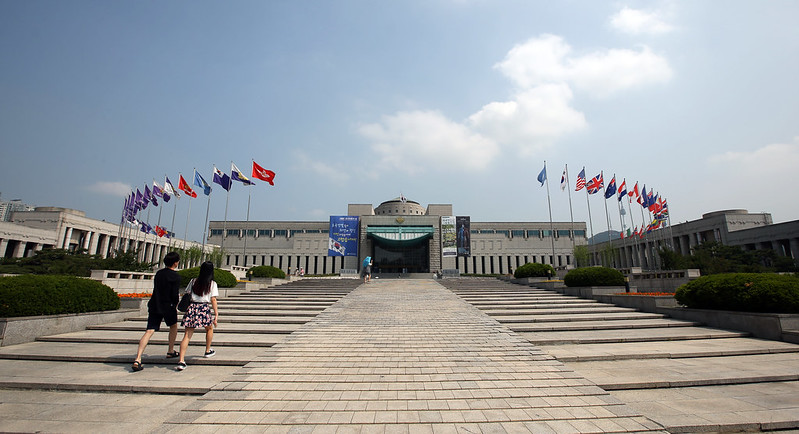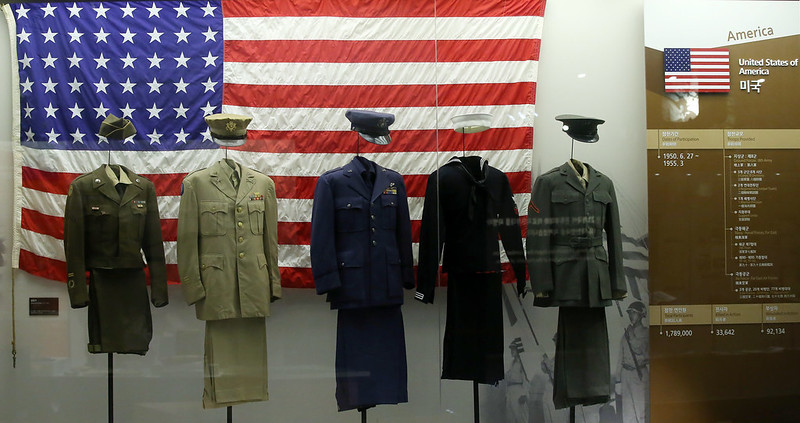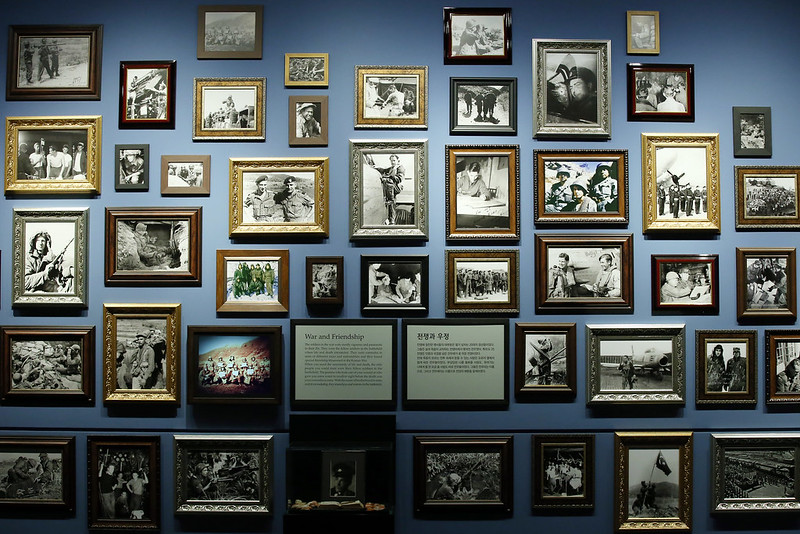By Honorary Reporter Mitchell Blatt from U.S.
Photos= Korea.net DB

On June 25, 1950, North Korean forces crossed the 38th parallel under a barrage of gunfire, invading the southern portion of the Korean Peninsula and initiating the Korean War.
That same day, the United Nations unanimously voted to condemn North Korea for its hostility and demanded that the North withdraw its troops back north of the 38th parallel. Two days later, the U.N. voted to support South Korea in defense of its sovereignty.
Copies of these documents, as well as B-52 bombers, M-46 Patton tanks, howitzers, missiles and firearms, can be seen at the War Memorial of Korea in Seoul. I visited the memorial for the first time in December 2012, and it gave me a new perspective on the "Forgotten War" per its nickname in the U.S.
The first thing to know is that the U.N. and the U.S., which commanded U.N. forces and provided the majority of troops to fight the North, did not lose the war. Instead, they achieved all of the objectives they originally set. The more accurate thing to say is the war ended in stalemate, as both sides barely advanced or retreated during the final two years of the conflict.

This point is sometimes misunderstood in America. The war is remembered, if at all, for how the Chinese military pushed back U.N. forces from North Korea, the firing of legendary U.S. Gen. Douglas MacArthur for undermining President Harry S. Truman's authority and the inspiration of the TV show "MASH," which was really about the Vietnam War.
But what the U.N., the U.S. and the Republic of Korea forces did do was secure the freedom and independence of tens of millions of Koreans living south of the 38th parallel. That's hardly a failure and what the resolution authorizing a defensive war called for.
In its huge multi-story structure, the memorial tells this story and those of South Korea's involvement in the Vietnam War and subsequent border clashes with North Korea. It's a worthwhile destination for anyone interested in history.
Today's Korea is thanks to the sacrifices of hundreds of thousands of Korean, American, British, Canadian, Turkish, Australian, Philippine, New Zealand, Thai, Ethiopian, Greek, French, Colombian, Belgian, South African, Dutch and Luxembourg soldiers who fought. About 171,000 of them were killed in action and thousands more were prisoners of war.
In addition, medical and other support was provided by Denmark, Italy, West Germany, India, Israel, Norway, Sweden, Taiwan, Japan, Pakistan, Cuba, El Salvador and Spain.

On Christmas Eve in 2013, I stood in Seoul's Gangnam district as snow fell under the street lights. I'd danced in front of the "Gangnam Style" sign and drank at a club earlier that night. It’s all frivolous but isn't that the point of freedom?
chaey0726@korea.kr
*This article is written by a Korea.net Honorary Reporter. Our group of Honorary Reporters are from all around the world, and they share with Korea.net their love and passion for all things Korean.